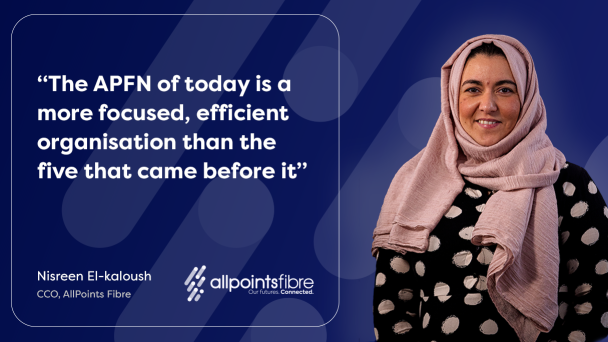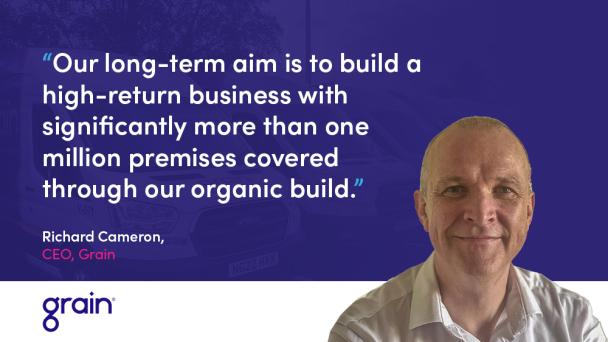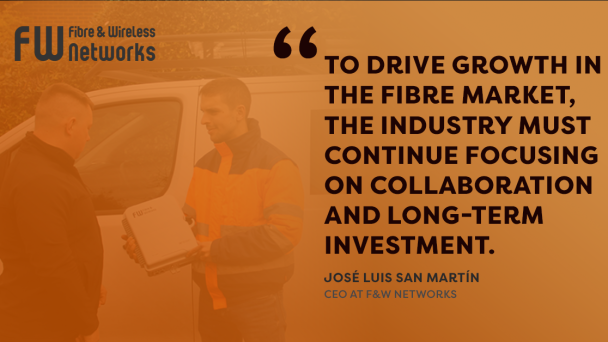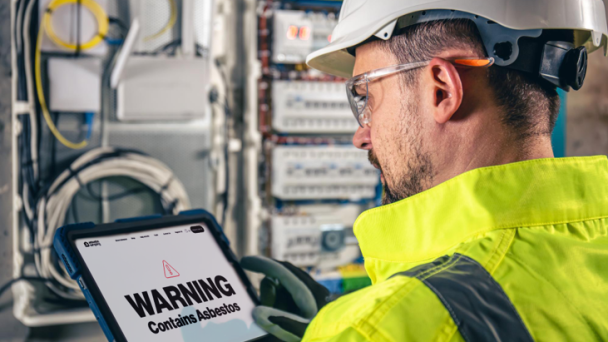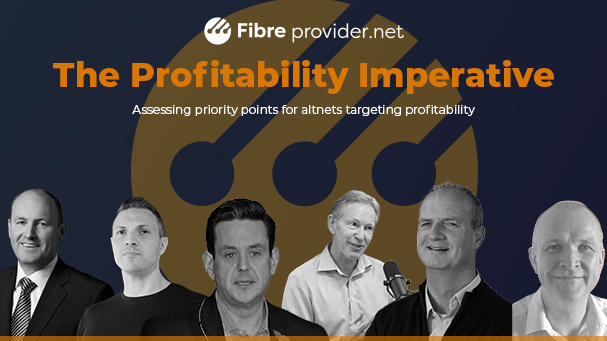
Stakeholder priories have shifted from premises passed to market penetration and creating critical value.
But this takes time … and only 12 months ago, Cavell expressed fears that altnets would run out of financial runway before breaking even, having found a £653m difference between the top 15 altnet’s cash at bank from the year and their total losses.
However, the industry remains optimistic, with altnets outperforming expectations around many key metrics associated with profitability, such as market share and efficiency.
Therefore, our latest Fibre Scope feature explores how can/ are altnets most effectively delivering the payback imperative and becoming profitable.
EOIN HEANEY,
COPRORATE VP INTERNATIONAL, CALIX
In 2025, the altnet profitability playbook should centre on three strategic priorities: subscriber acquisition, customer experience, and operational efficiency. First, moving beyond “premises passed” to actual subscriber conversion is critical. The most successful altnets are using behavioral data, targeted marketing, and community engagement to drive sign-ups from day one.
Second, differentiated customer experience will separate winners from the rest. This means going beyond speed and price—offering managed services like parental controls, home security, and support tools that build loyalty and reduce churn.
Finally, platform-driven operational efficiency is essential. With the right automation, altnets can simplify service provisioning, proactively address issues, and empower frontline teams to do more with less.
We’ve seen these levers accelerate time to revenue while lowering long-term costs. The path to profitability isn’t about doing more—it’s about doing the right things better, at scale.
NEIL CONAGHAN,
CEO, GOFIBRE
We’re focused on key commercial priorities for 2025 to continue our growth.
Our top priority is driving residential customer take-up, given our network is quite new (and we’re still building). We’re gaining strong momentum in sales with older cohorts in our towns now achieving 20-50% take up. Our go-to-market strategy focuses on town-by-town tactics and sequences our marketing with field sales and outbound calling to maximise take-up.
To improve sales efficiency, we’re running programmes to drive more sales from our digital channels as our data capabilities and brand recognition improve.
Finally, an emerging priority this year is ensuring we’re handling customer contacts efficiently and effectively. We’ll achieve this by exploiting technology options for customers to get the information and support they need from us quickly and effectively, maintaining the excellent GoFibre customer experience, while removing unnecessary calls into our support teams as the customer base grows.
GUY MILLER,
CEO, MS3
Now that altnets cover over 50% of UK homes, the pressure to build at scale has reduced significantly. This has allowed us to switch our primary focus to monitising the assets we have put in the ground.
Incumbents networks will lose nearly one million lines to altnets over the next 12 months and every one of these will be fought for, and won, through brilliant local marketing, fantastic word-of-mouth recommendations and customer experience levels never seen before in UK telecoms.
Profitability also comes with sensible business decisions, and you will see altnets switching their hiring focus to those roles that generate sales and support customers going forward.
Finally, altnets need to collaborate for better outcomes. We are no longer competitors and can team up against incumbents through consolidation or collaboration to streamline costs, increase adoption and maximise the huge opportunity in front of our industry.”
JEREMY CHELOT,
GROUP CEO, NETOMNIA, YOUFIBRE, BRSK
The idea that altnets have shifted from premises passed to market penetration is a complete myth. From the start, nearly all altnets have prioritised penetration, but many have squandered funds with slow build speeds, exorbitant costs per premises passed, and sky-high opex. These crippling capex and opex burdens have made it nearly impossible to secure capital from equity providers and lenders in the UK, forcing altnets to monetise their networks just to reach EBITDA-positive and cashflow-positive status.
Netomnia’s top three priorities are clear:
1 – Follow our robust organic growth plan, aiming to build another one million premises in 2025, making us the second-largest altnet in the UK and closing the gap fast.
2 - Netomnia will hit EBITDA-positive in 2025, targeting the position of the second-largest altnet in customer numbers through our ISP (YouFibre/brsk) and wholesale partnerships.
3 - We’ve already executed the largest consolidation with brsk in 2024, and while our organic plan is rock-solid, we’re determined to bring stability and certainty to the market through further consolidation.
GRAEME OXBY,
CEO COMMUNITY FIBRE
Community Fibre’s priorities are continued customer growth in both the consumer and B2B market, increasing revenues and driving higher profitability.
Our lenders, shareholders and management share the same aims and objectives, that continued focus on delivering excellent customer experience for partners and end customers alike will deliver more customer growth, to further strengthen Community Fibre’s position.
Our goal is to continue to increase penetration and the utilisation of our investment in a full fibre network, which will deliver higher revenues as well as increasing profitability, having achieved EBITDA positivity early in 2024.
RICHARD CAMERON,
CEO, GRAIN
Many altnets face high costs, low take-up, and expensive customer connections due to reliance on PIA-based networks. Grain has built a sustainable model that avoids these challenges.
Grain became EBITDA positive in Q1 2025, with total operating costs per customer falling rapidly to c. £21.
Grain is fully funded and on track to become cashflow positive on its current footprint by 2026. Its EBITDA surplus will more than cover the cost of connecting customers and servicing the interest payments on its debt. Given the strong returns, Grain will continue investing in footprint expansion.
Grain connects homes at 75% less cost than Openreach and avoids the high connection fees that burden much of the industry. With an efficient customer acquisition model, Grain is uniquely positioned, with new customers paying back in the first year."

